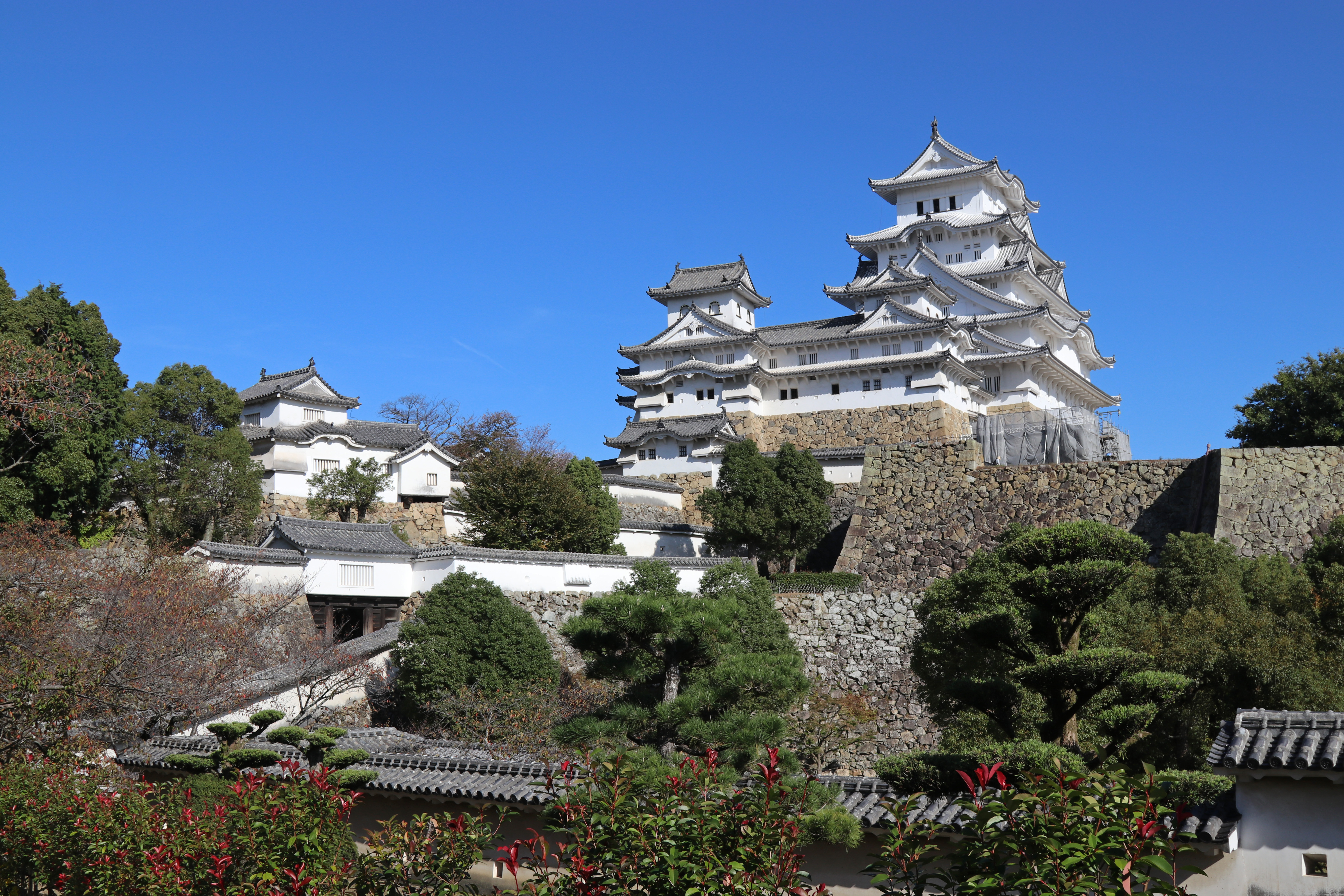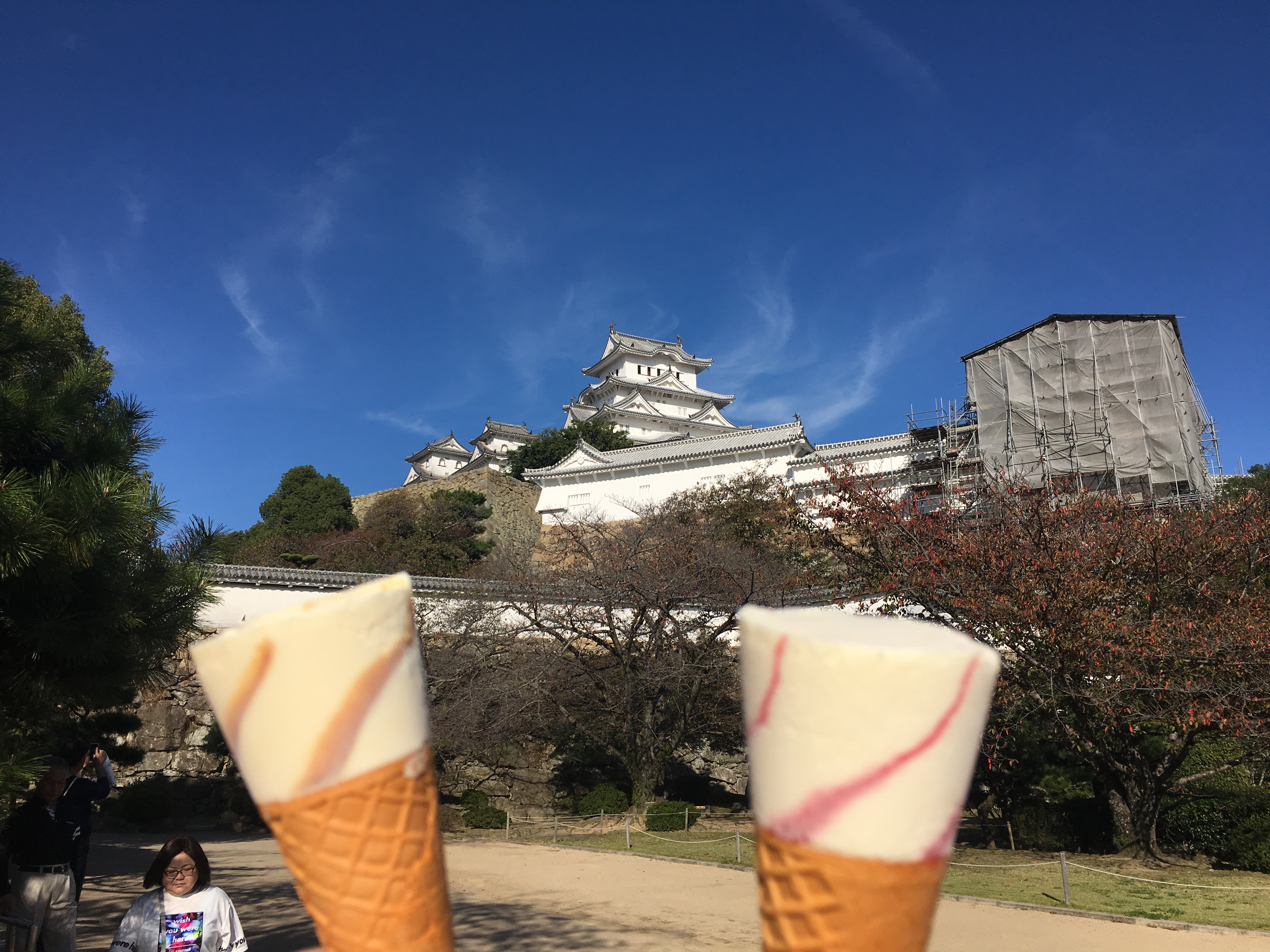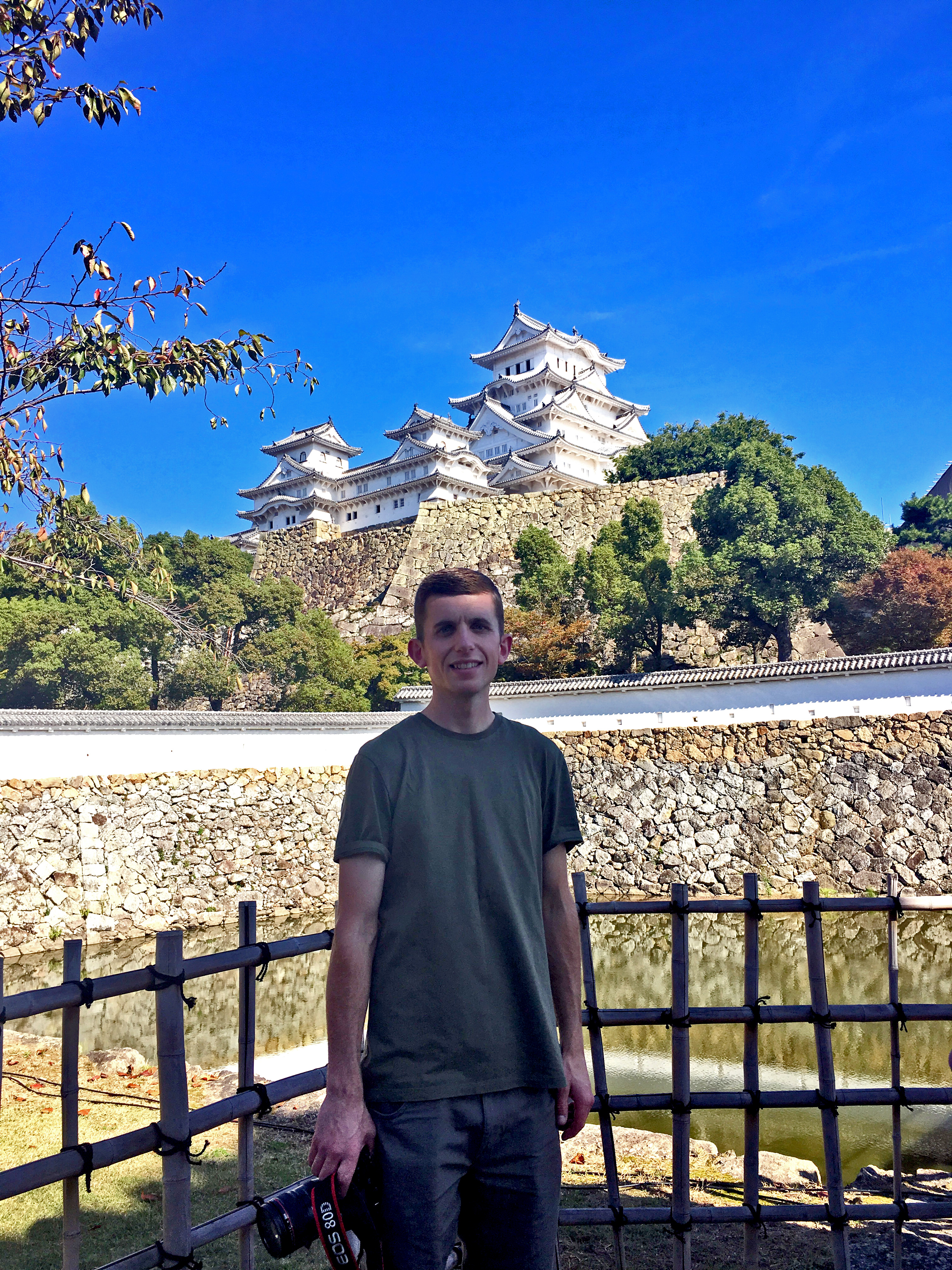Himeji Castle
We arrived at Himeji in the morning, getting our first glimpse of the magnificent castle when we exited the train station…the castle was not hard to miss being located about half a mile away along a straight road directly in front of the station, with the castle being situated on top of a hill, and with the sun glinting off its superb white exterior! We walked along the road towards the castle and made a quick stop at our hotel to drop off our bags before proceeding to the entrance of the castle’s grounds. The castle is only 15/20 minutes’ walk from the station and also only a 5-minute bus ride.
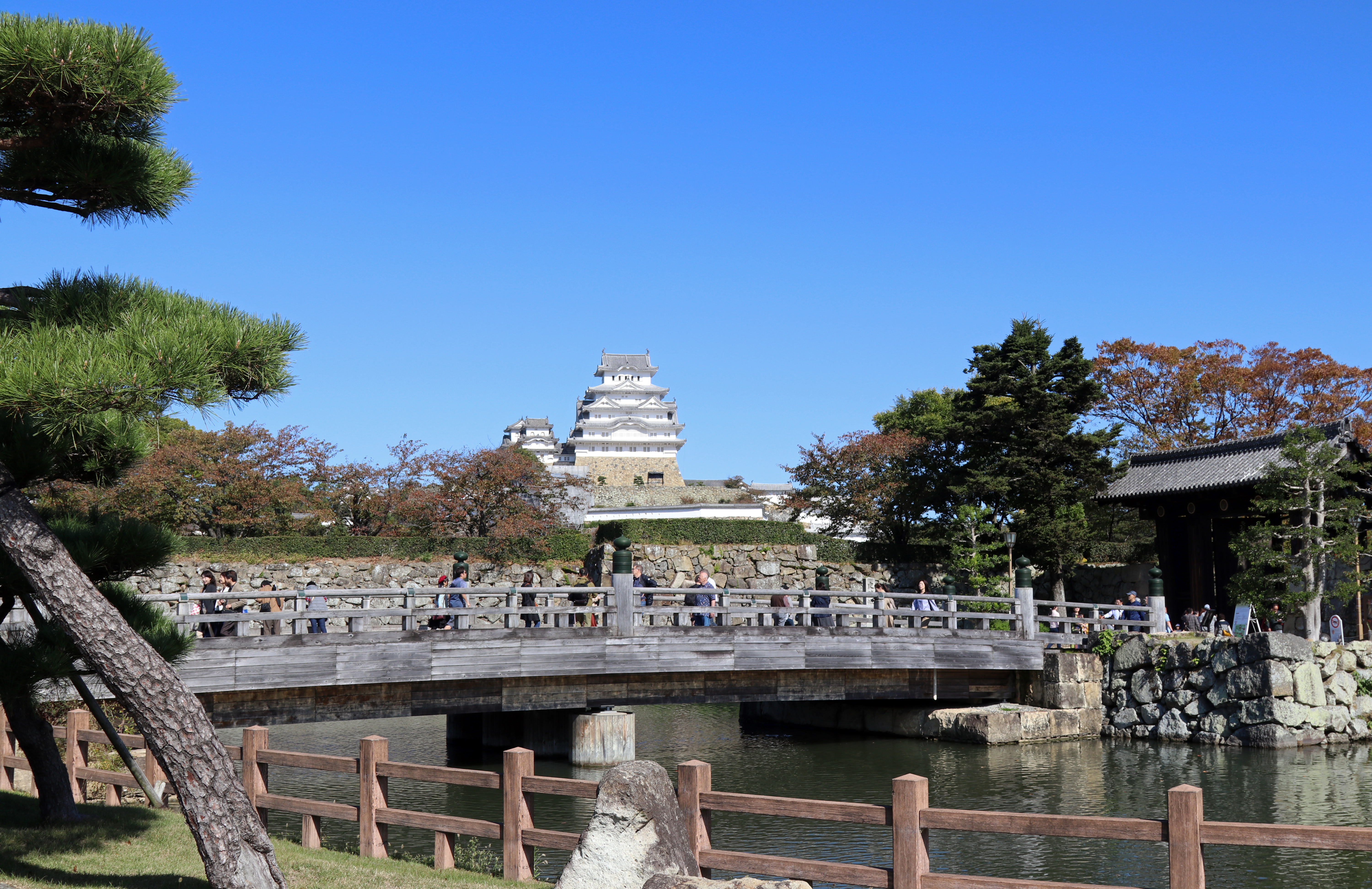

Himeji Castle “Himeji-jo” is both a national treasure and a world heritage site. The castle has a unique gleaming white plastered exterior, and so has the nickname “Shirasagi-jo” or White Heron Castle.
The castle lies at a
strategic point along the western approach to Kyoto, the former capital. It was
in the 1400s when the first fortifications were built on the site, which were
then slowly enlarged over the centuries by the various clans. The castle was then
built in 1580 by Toyotomi Hideyoshi, completed in 1609 and enlarged some 30
years later by Ikeda Tokugawa. Ikeda was awarded the castle by Tokugawa Leyasu
when the latter defeated the Toyotomi armies. The following centuries it was
home to 48 successive lords.

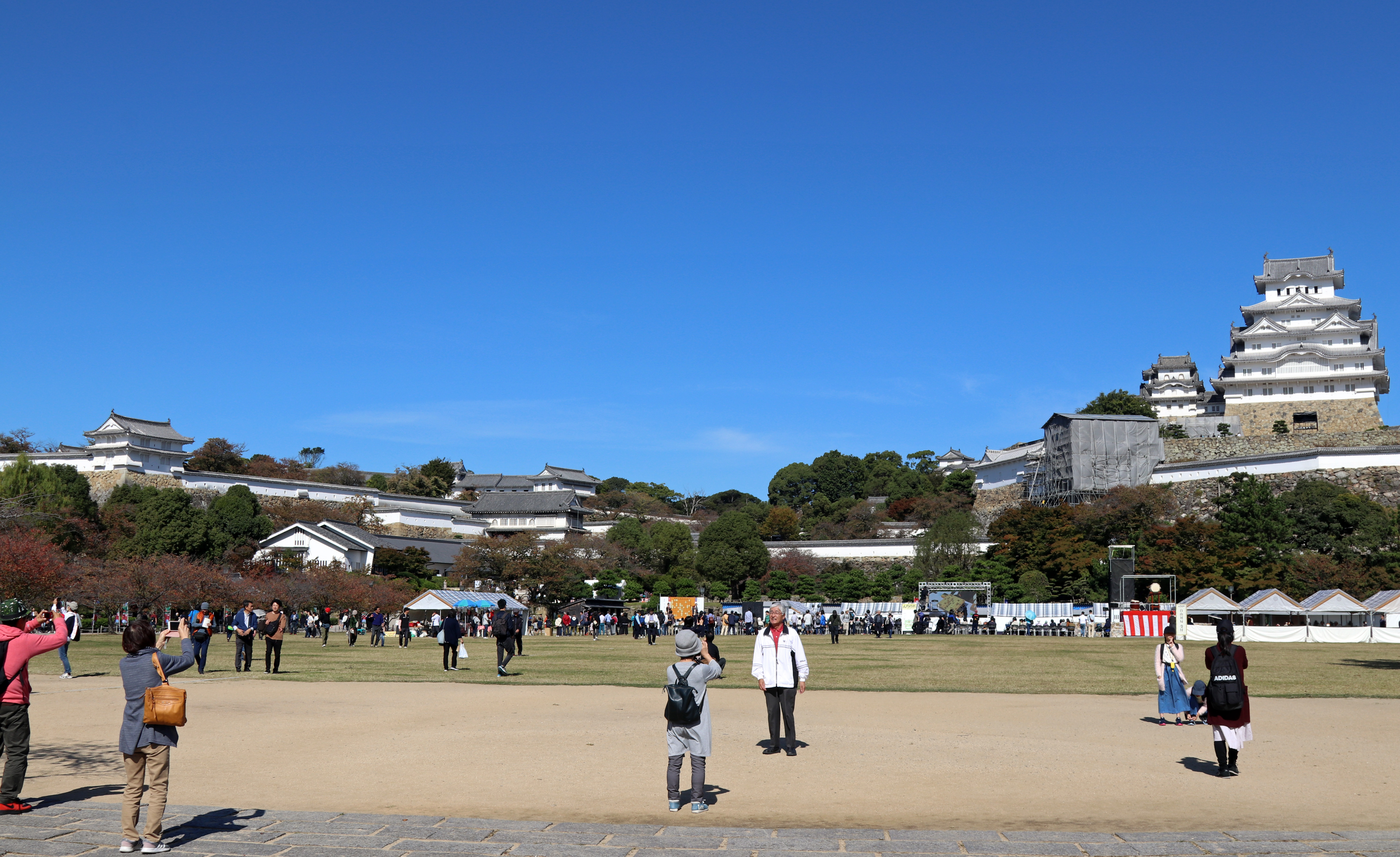
So once in the Sannonmaru Square, we explored the area! The square consists of a large lawned area in front and below the castle, which is a fantastic area to get some great photos of the castle. The lawn is lined with cherry trees, which are said to look stunning in the spring, there are also fantastic pines trees dotted around the entire area. During the spring normally around April Himeji Castle is a highly popular cherry blossom spot, hopefully one day we can experience it for ourselves.


So, after watching some of the interesting Shogoi, viewing all the stunning flowers and exploring the area, we then headed to the far corner of the Sannonmaru Square and the Hishi Gate, which is where the ticket booths are located and marks the entrance into the paid area. The paid area is to enter the inner defensive walls and enter the castle itself, admission is 1000 yen (£6.90) for the castle and 1050 yen for both the castle and the nearby Kokoen Garden, covered later in the article…so being that the entrance fee to the garden alone is 310 yean (£2.10) it was a no brainer for us to purchase the combined ticket! As we planned to visit the Kokoen Garden as well anyway.

Once through the Hishi Gate, we then walked along the path that followed the inner defensive walls and climbed up to the castle, along the way getting different angles of the fantastic castle! The path that led to the castle’s main keep were maze like, narrow and passed through multiple gates, with the purpose to slow down and expose attacking forces, with the narrow openings allowing defenders to pour boiling water or oil onto anyone trying to scale the walls! Lucky this didn’t happen to us! The defensive walls are also punctuated with circular, triangular and rectangular openings, that were used for shooting arrows and firing guns. Compared to the other castle we had visited, Himeji certainly did seem to have very strong defensives.
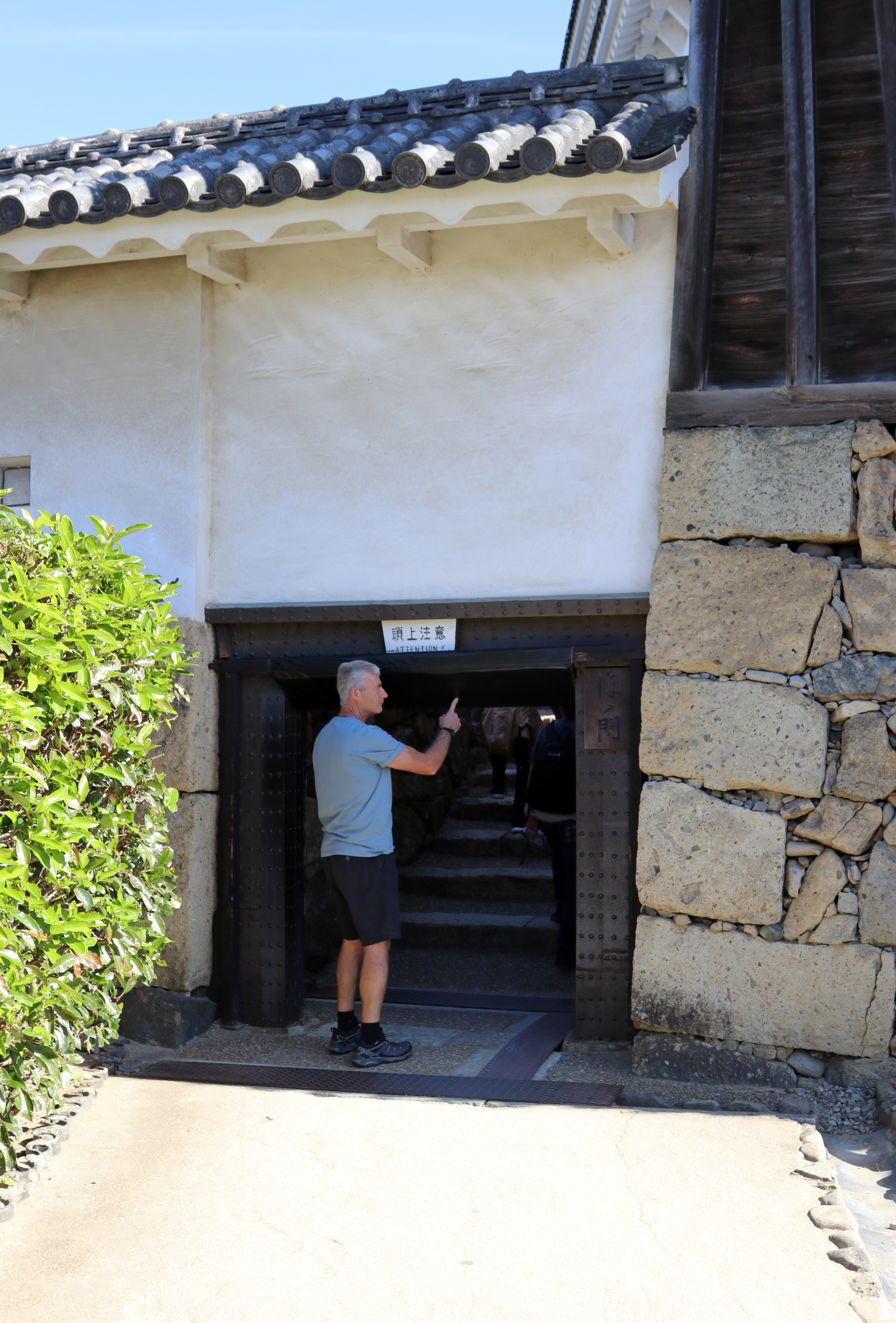
We along with visitors entered the main keep through the entrance in the lower floor of the building where there was a one-way system in place, which led us up a steep, narrow staircase, with each level getting progressively smaller. Walking through the castle’s levels was fascinating and a privilege! Each floor was generally unfurnished and displayed a few information signs and displays.
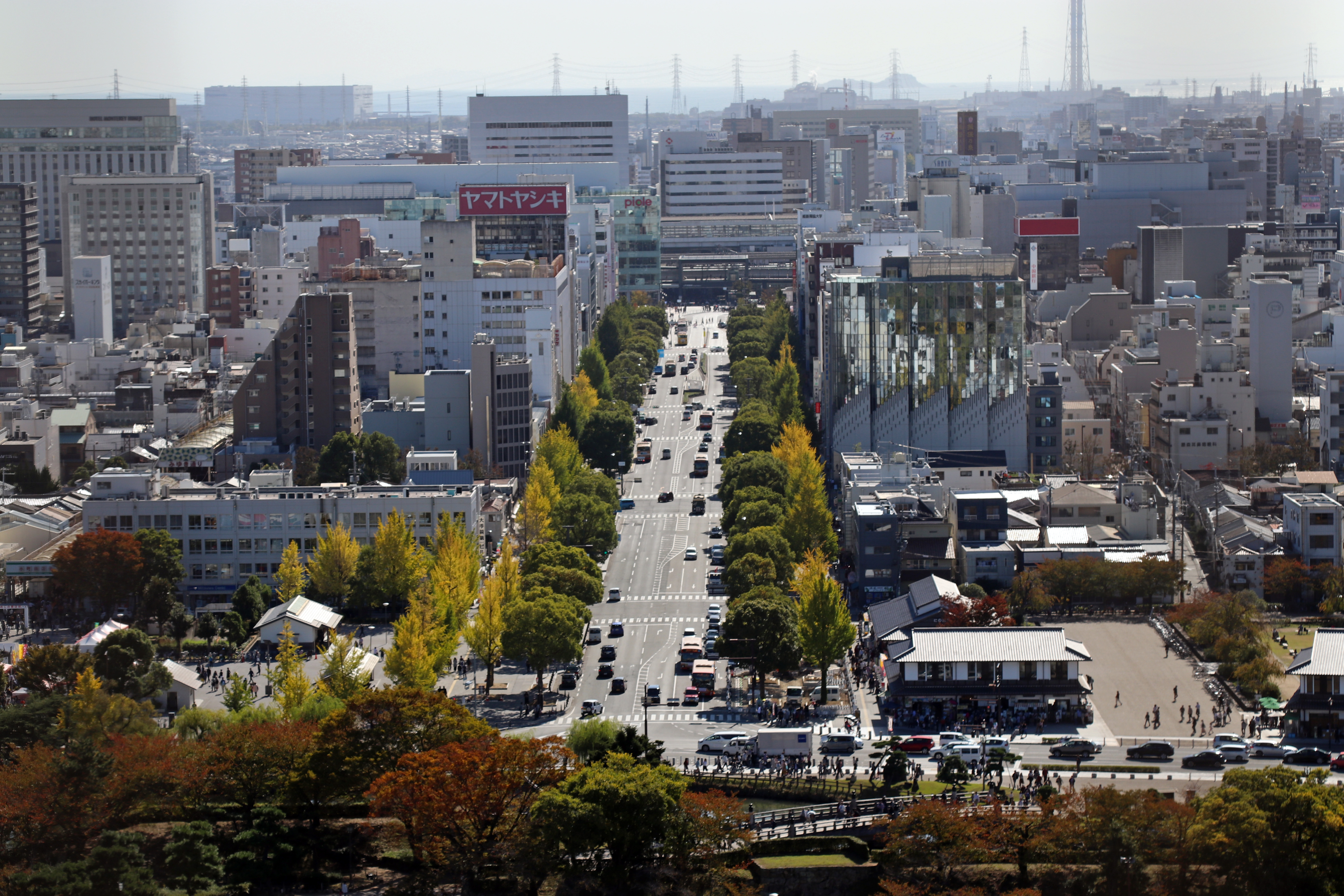
As well as the views, the castles fantastic roof could be appreciated up close from the top floor windows…which included stunning fish-shaped roof ornaments, that could not be appreciated from ground level…being koi keepers, they just looked amazing, especially with the sun glinting off them! As well as ornaments, they were also believed to help protect the main keep from fire.

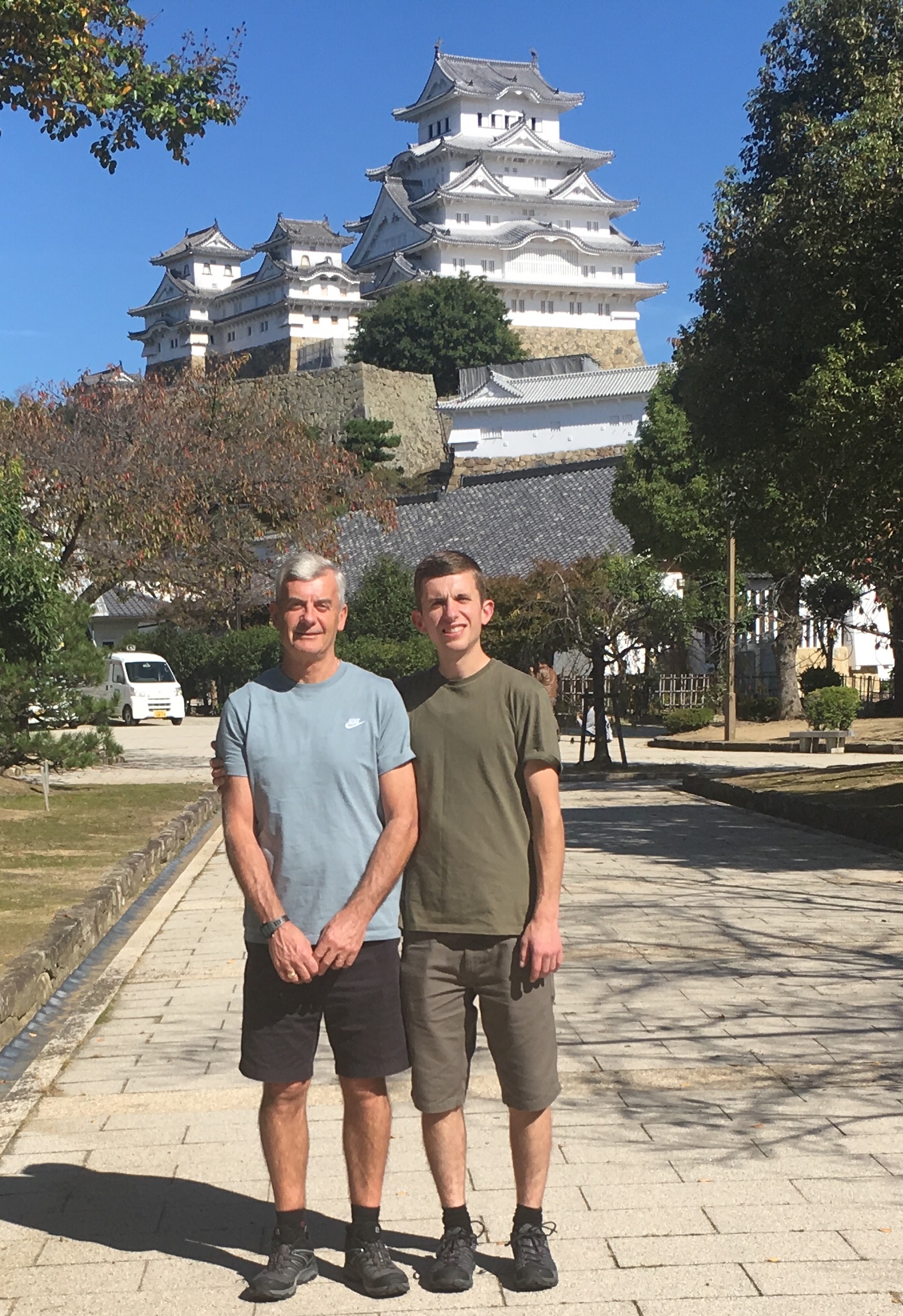
From there we then headed to the Hishi Gate, where before leaving the paid area there was a gift type shop that also contained many different types of vending machines, being it was such a nice day the ice cream vending machines took our fancy! So, we treated ourselves to some nice ice creams!

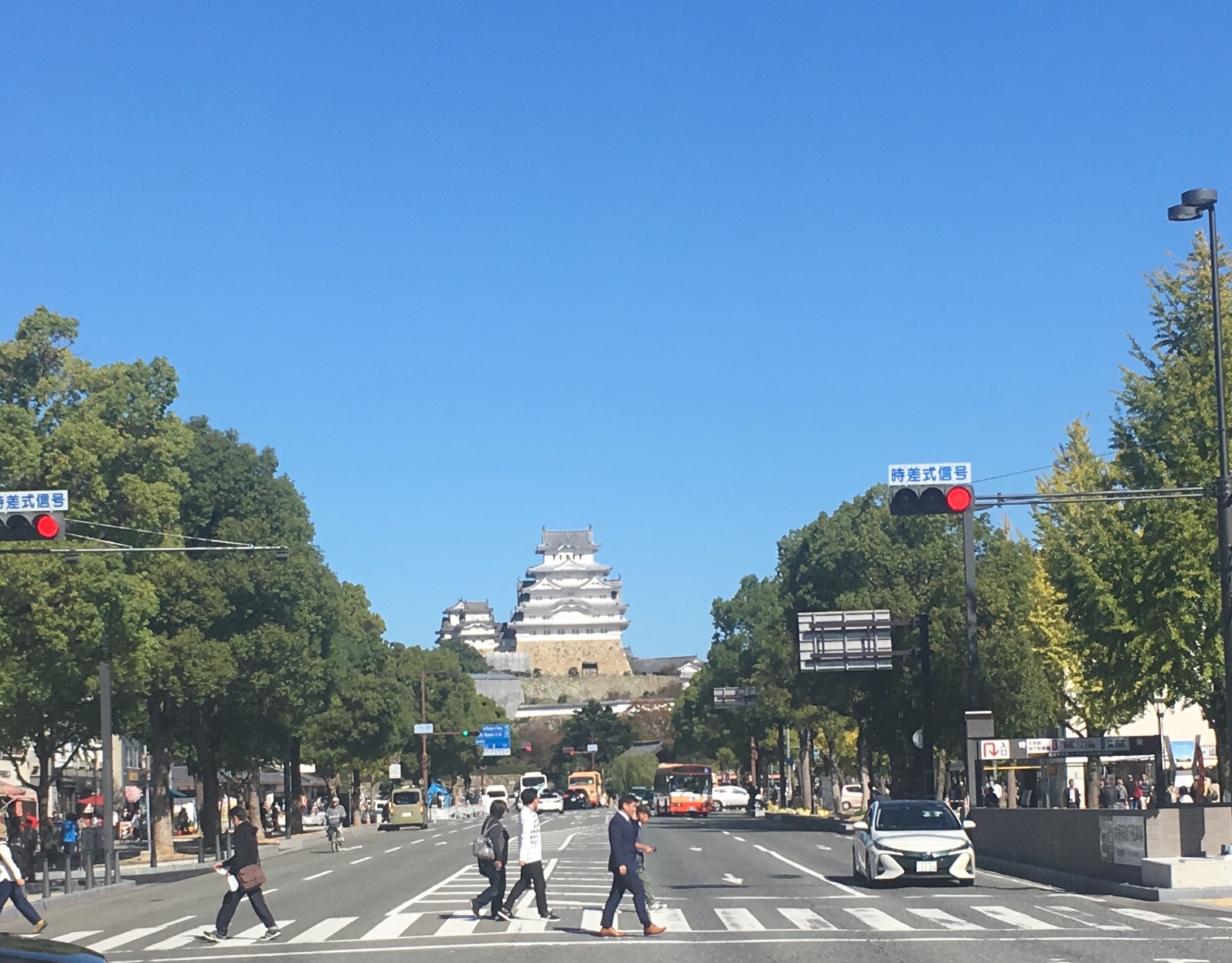
We were really luck again with the weather, it was fantastic, like a summer’s day back home…it must have been an easy 20 plus degrees with full sun blue skies and no wind! Which made everything look even better! So, from our hotel it was only a short walk to the castle, before entering the grounds of the castle, which are surrounded by its moat, we had to cross the stunning Sakura-bashi Bridge then go through the Otemon gate. Once through the gate the area just opened up to a large expanse called the Sannomaru Square, which could not be seen from the outside because of the large defensive walls that surrounded the castle and its grounds. The castle was like a beacon in the centre, situated on the hilltop, it was certainly a very impressive site!

Unlike many Japanese
castles, Himeji Castle was never destroyed by war, earthquakes or fire and so
survives to this day as one of only twelve original castles in Japan. Combining the above, with the castles imposing
size and beauty, complex grounds, and its stately location on top of the hill
above the flat plain of the city it is widely considered as Japan’s most
magnificent castle. The castle has also recently been renovated over several
years and was fully re-opened to the public in 2015.
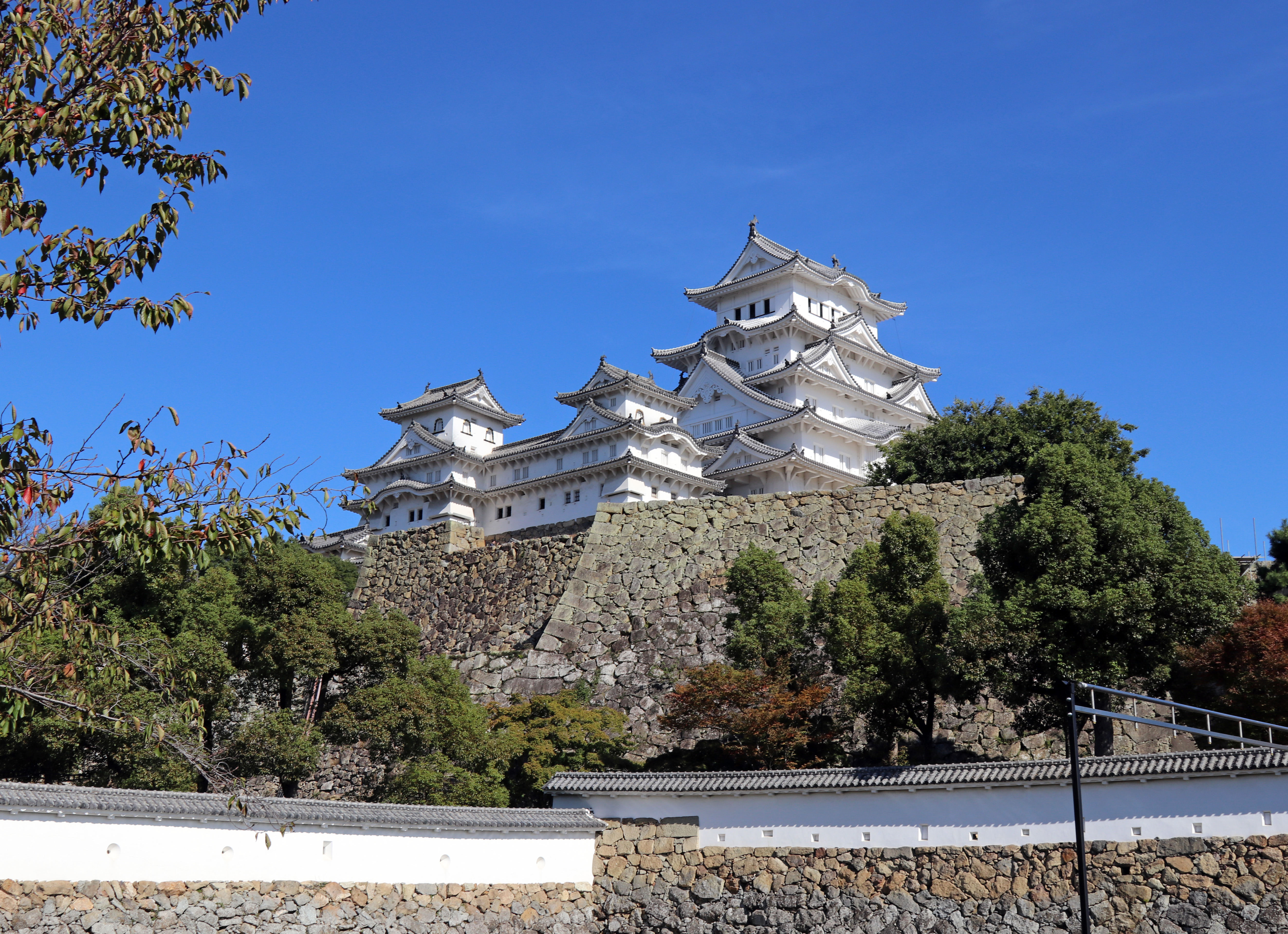
While we were there, on part of the lawned area there was an event happening, with a large stage set up for Japanese Chess or “Shogoi” …but this was no ordinary Shogoi, it was human Shogoi…where people play the various pieces! There was a large human sized chess board on the stage, and two platforms on either side giving an overhead view of the board, this is where the players where located. The two players were children, and they would instruct their human chess pieces where to move, quite cool! All the human pieces were dressed in traditional army and samurai armer, and before the game started, they all marched out onto the board which was neat to see! From what we gathered it was children championship of some kind…there were also big screens around the stage with a live play chess board and two commentators talking about the game! There were also traditional Japanese drum and music playing which all added to the atmosphere!
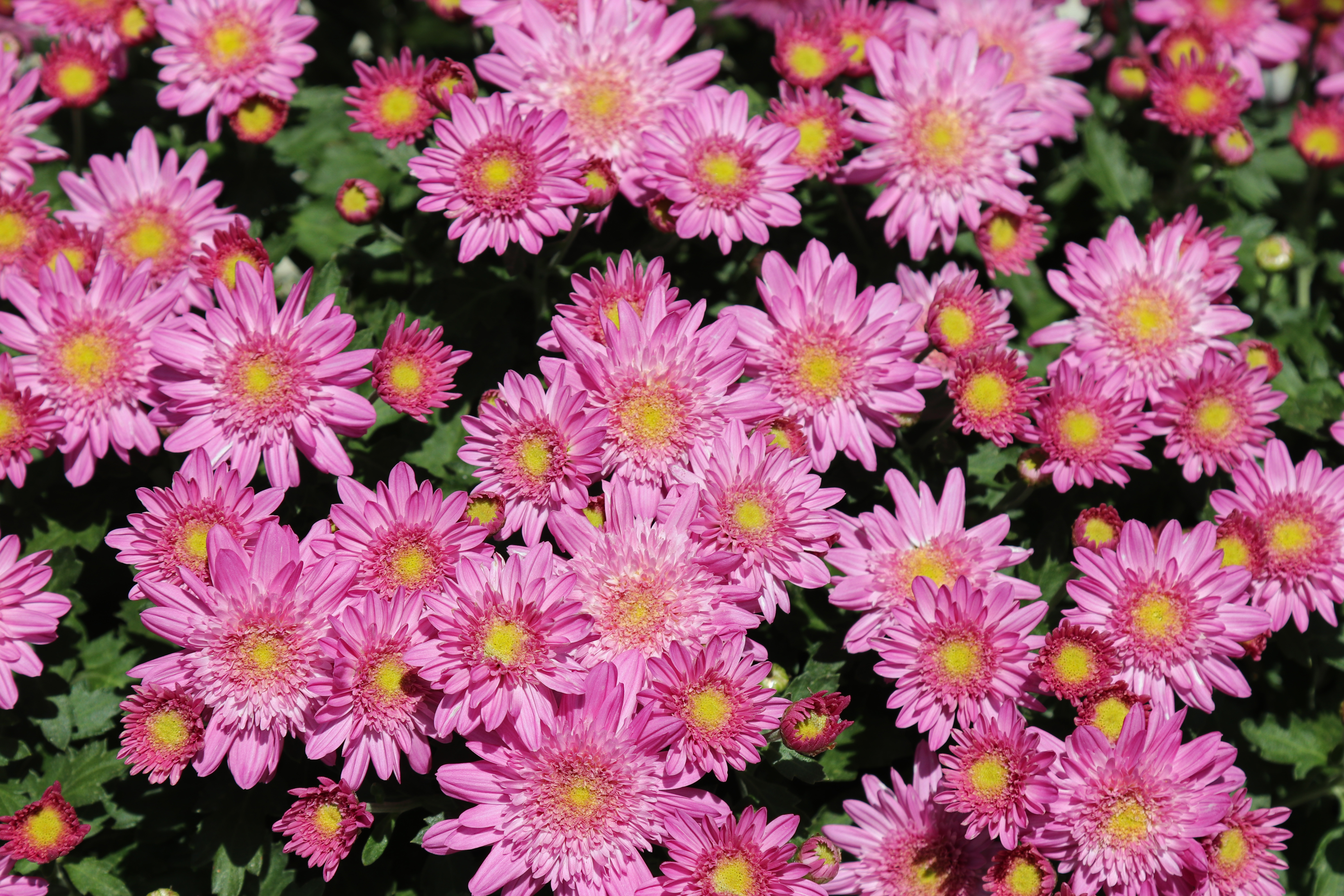
As well as the Shogoi event, we were fortunate enough to have been there when there was a stunning flower display event taking place as well, located around the perimeter of the other side of the lawn area …there were long marques full of show Chrysanthemums on display, they were stunning. Chrysanthemums or Kiku in Japanese and are very popular in Japan, as yellow and golden Chrysanthemums are the symbol of Japan’s Imperial family. As well as the single show varieties, there were also small Chrysanthemums styled into Bonsai!
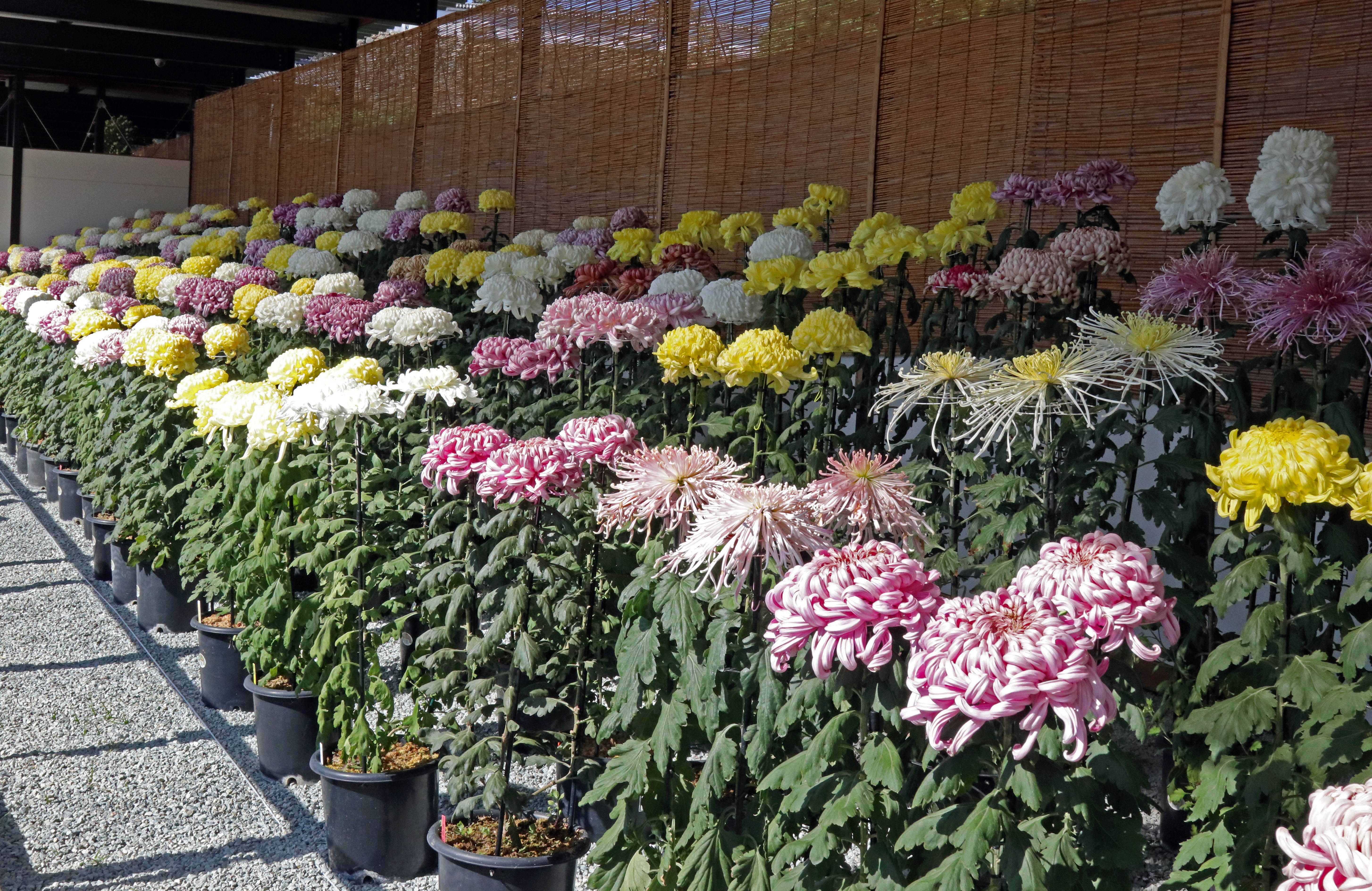
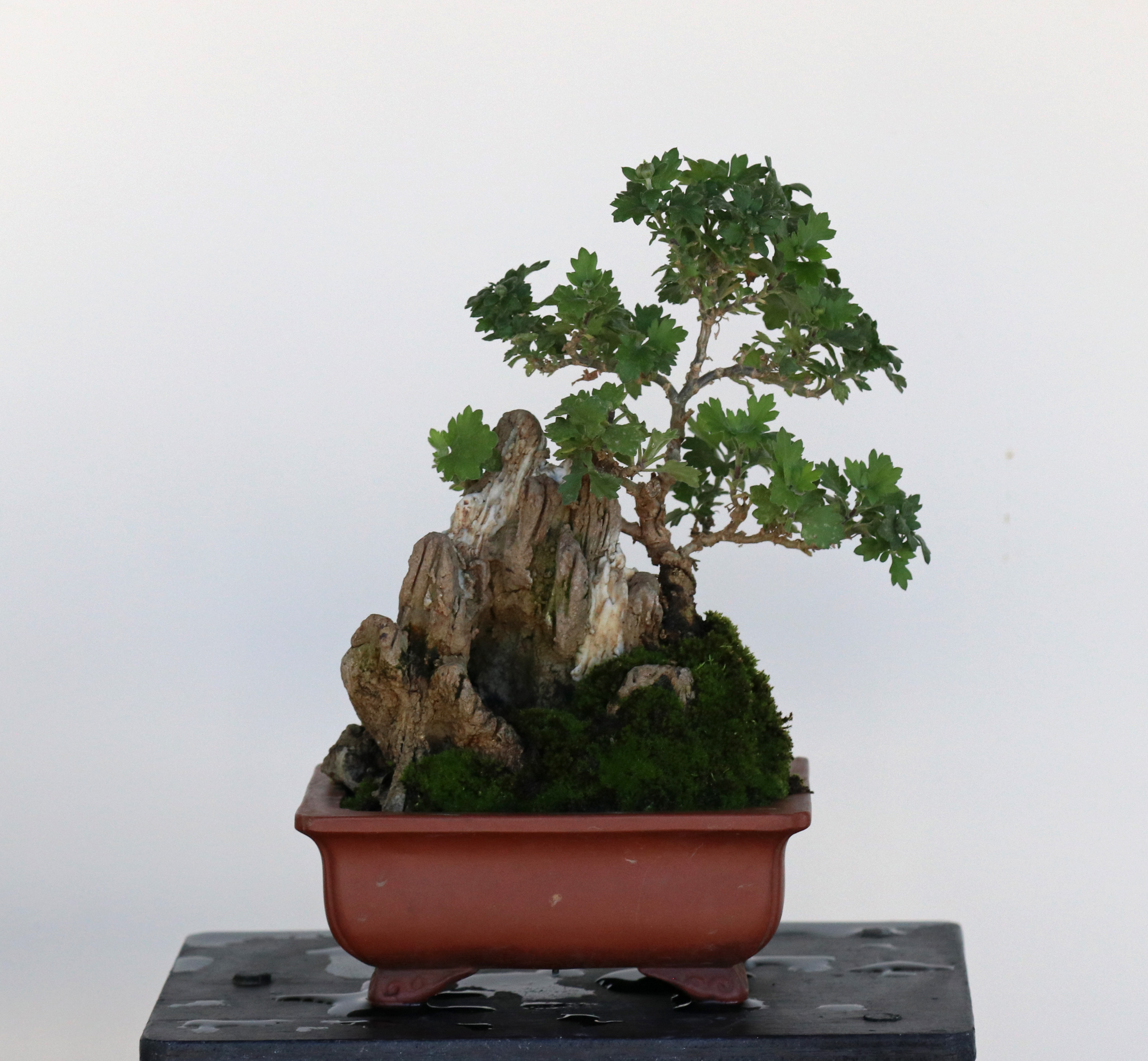
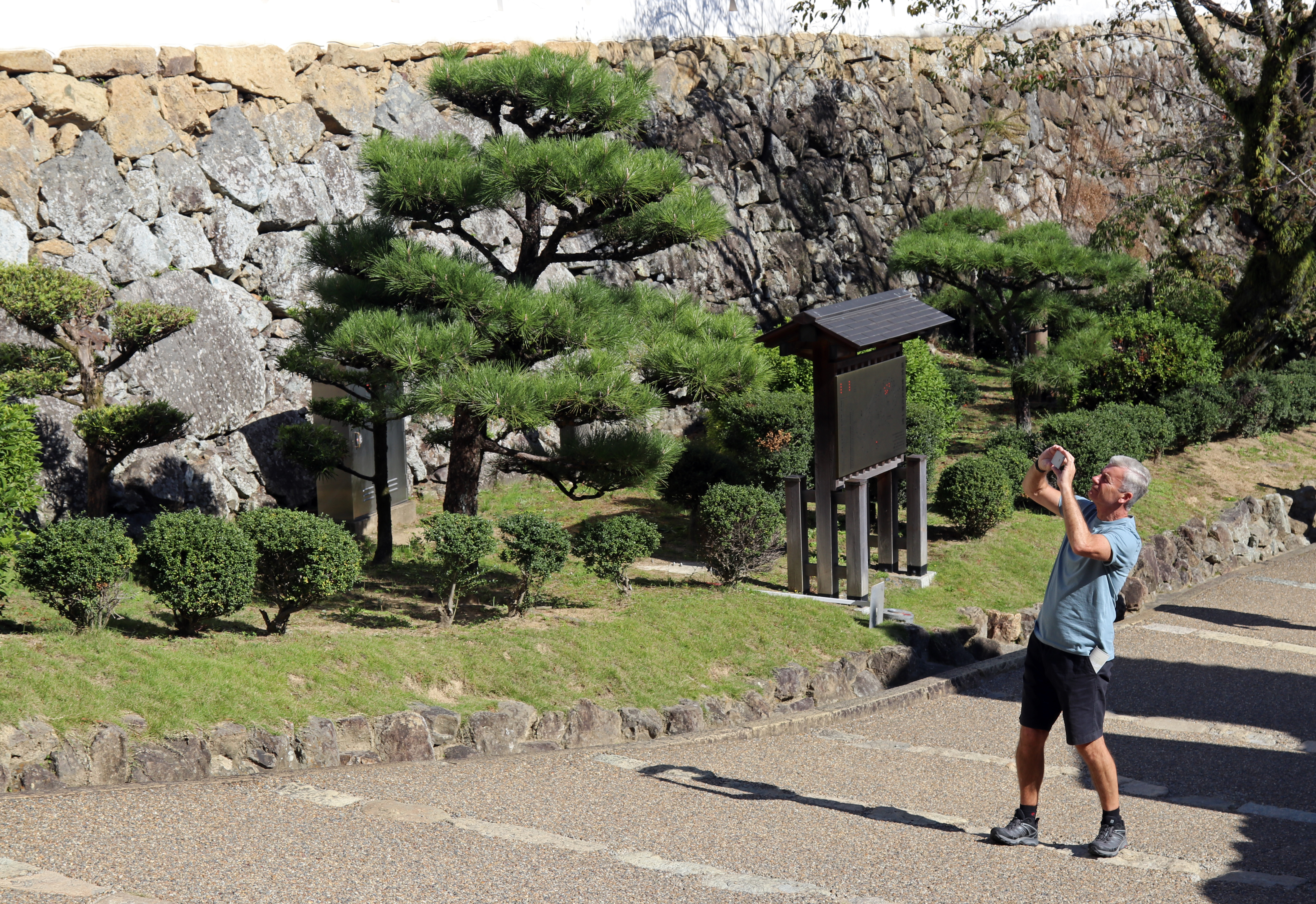

The path let us to the centre of the complex, where the castles six story wooden main keep stands. It is also only one of a handful of castle keeps in Japan that feature wing buildings which adds complexity to it appearance.
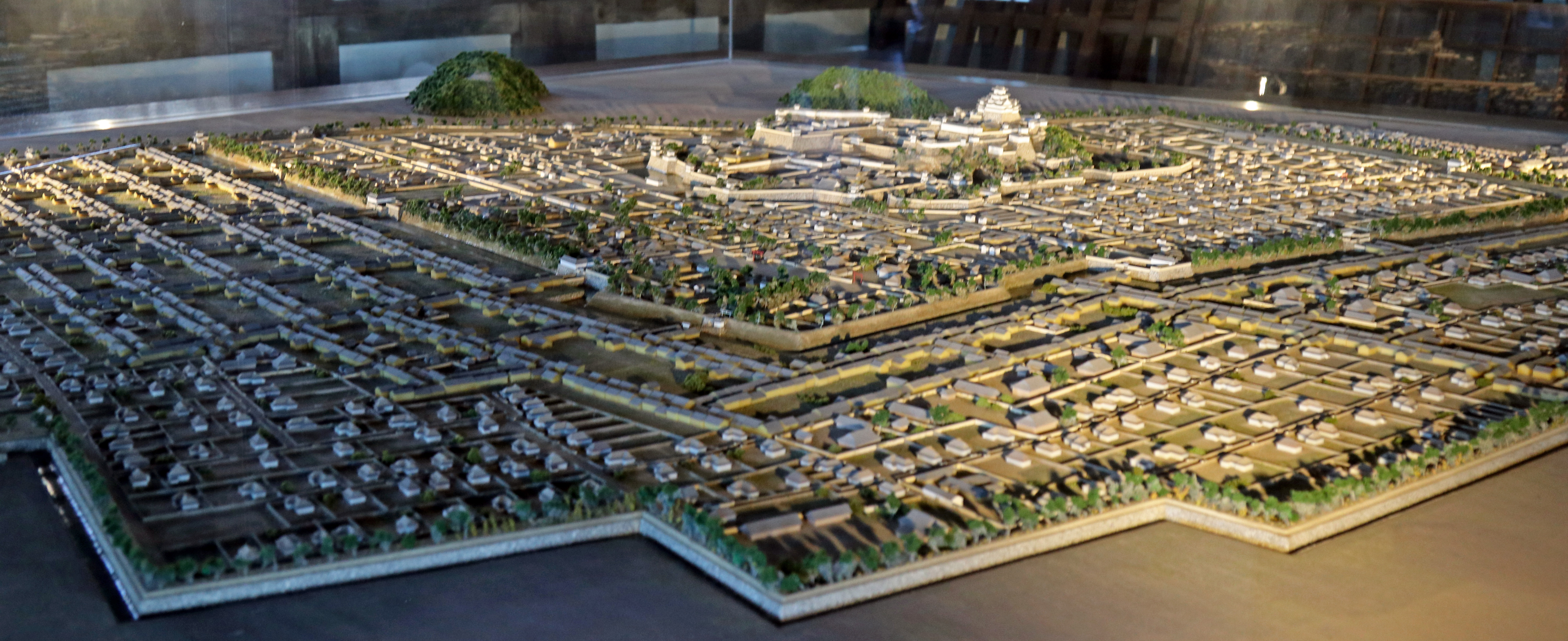
Once at the top floor the views through the windows were stunning and it was easy to see how the castle has an excellent advantage point and location, the whole city could be seen below, including the straight road that led to the station, mentioned earlier. The views also give us a great perspective of the castle’s grounds, with us being able to see how the whole structure is surrounded by the moats and maze-like defensive walls. The castle and its grounds are actually made up of over eighty buildings that are spread over multiple baileys or outer castle walls, which are connected by series of gates and winding paths.
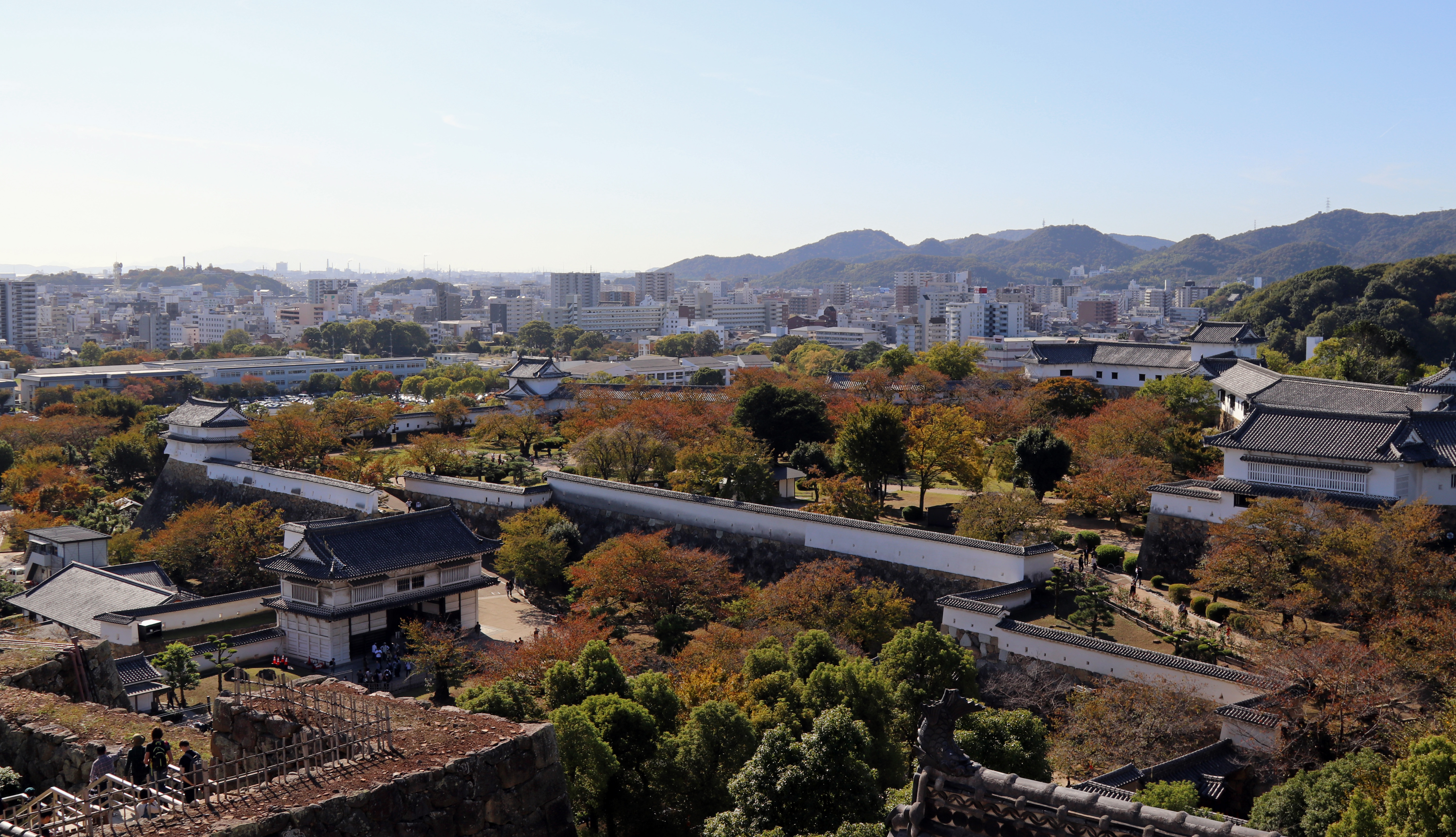
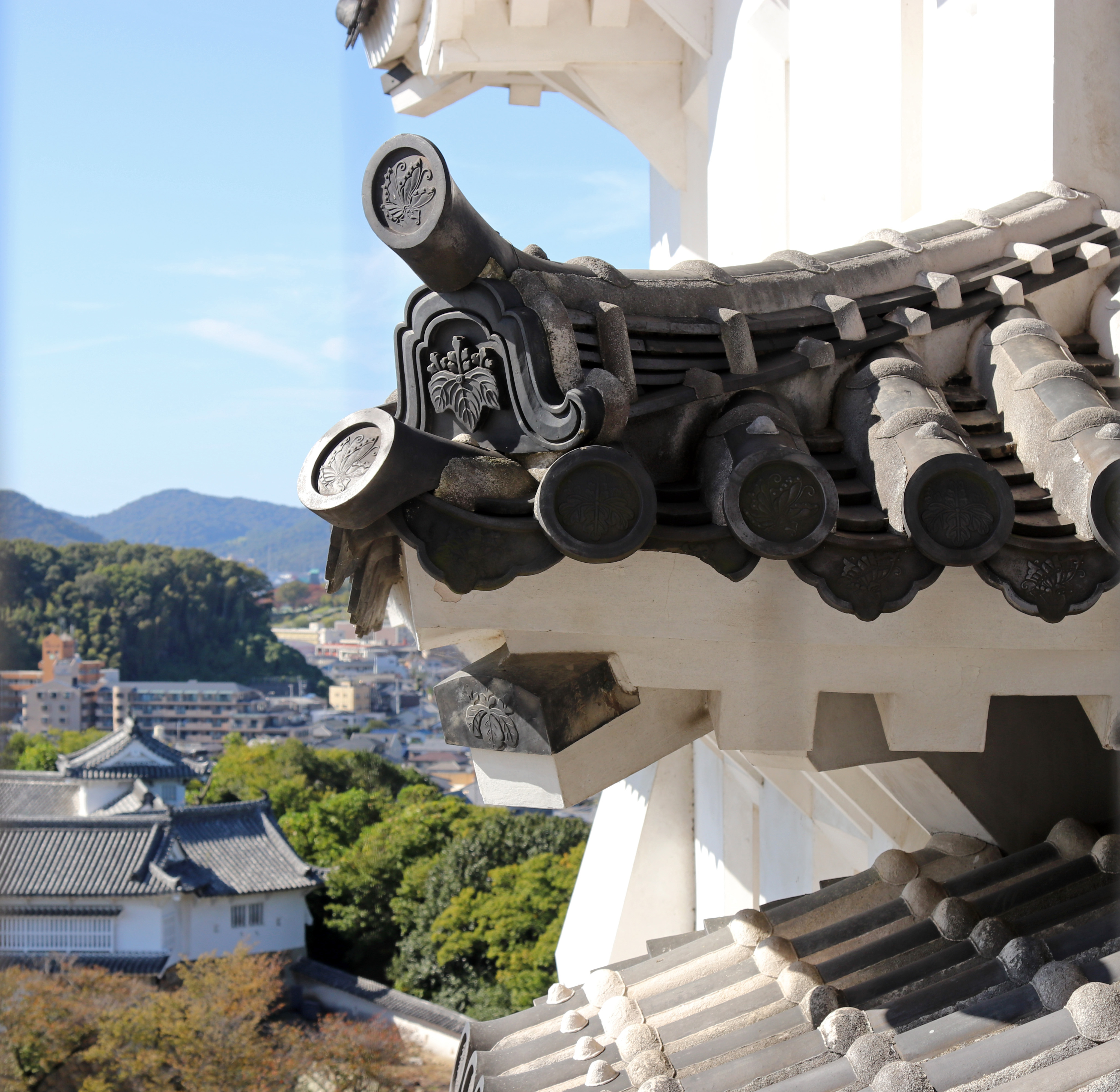
Also, interestingly the main
keep is supported by extremely large wooden pillars, in the beginning of the
Edo period the large east pillar started yielding to the weight of the building
and other factors! It is said, the whole building started to lean…so many extra
supports were added!
From the top level we climbed back down the stairs to where we had entered and a exited the keep and made our way back to the Hishi Gate. But before leaving the paid grounds, there was also the option to explore the west bailey or Nishinomaru, which served as the residence of a princess. The area was like a garden of sorts and provided great views of the castles main keep from different angles.
